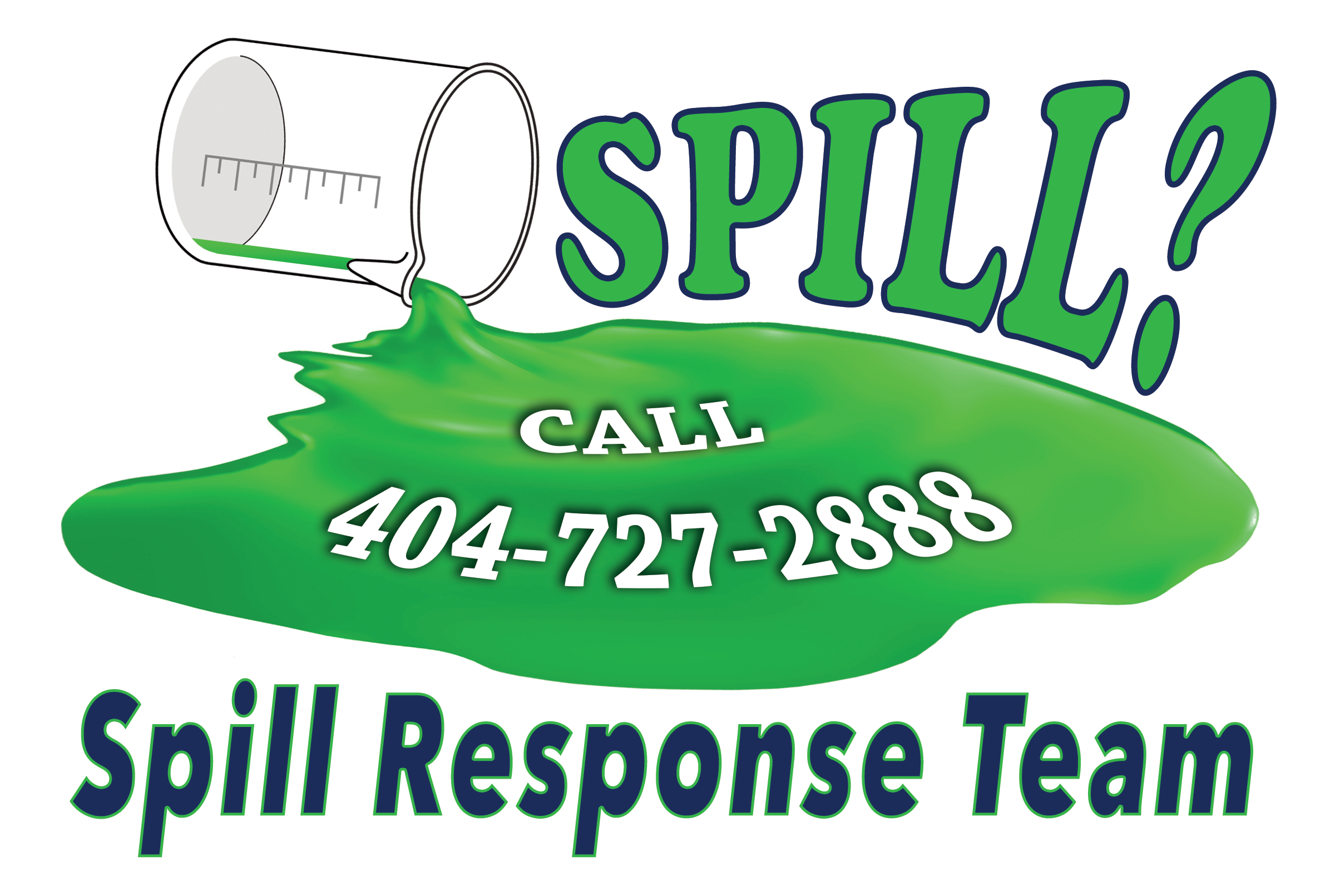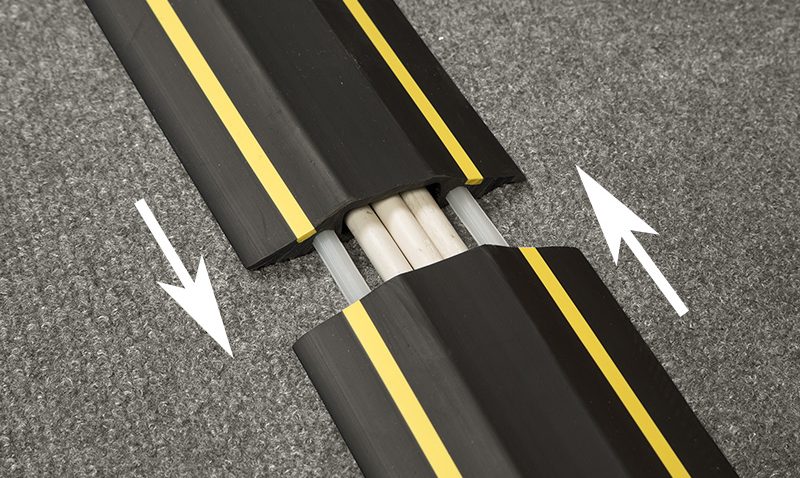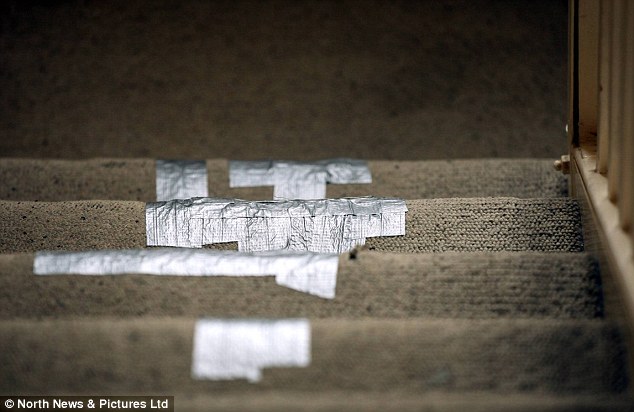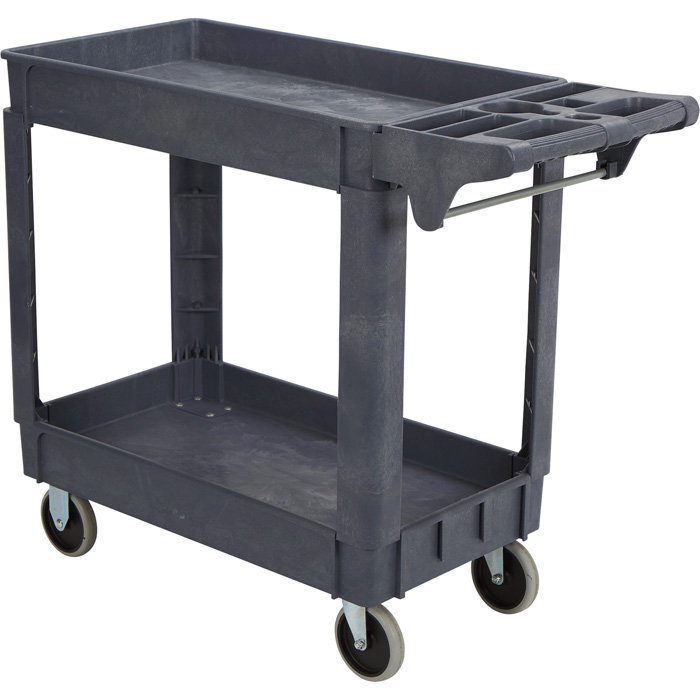By Stephanie Lord
EHSO
EHS Professional II
General Safety and Industrial Hygiene
Do you ever think about how to prevent slips, trips and falls? Of course not! Most slips, trips and falls happen because we are distracted and/or do not notice the hazards around us.
Hazards and Remedies
 Spills
Spills
Clean up any spills or report spills to the Spill Response Team immediately. Once the spill has been remediated, ensure signage (i.e. wet floor signs) and alternate routes are available until the area is completely dried.

Cables
Avoid laying cables across walkways. If necessary, use cable curbs or reflective tape to increase awareness and prevent trip hazards.
Obstructions
Keep areas organized and clear of obstructions. Do not store items in walkways. If there are necessary permanent obstructions, use appropriate signs or barriers to make people aware of the hazard.

Flooring
Submit work orders to have cracks, torn carpet, holes, or uneven surfaces repaired. If there is a section of floor that regularly becomes wet from a specific task, consider alternate procedures or methods of containment.
Footwear
Consider the hazards present in the workspace to choose the appropriate footwear. If a task requires prolonged periods of standing or constant movement, flat shoes with sufficient tread are the safest option.
Lighting
Adequate lighting is needed to see obstructions and hazards. Report any lights that need to be replaced or repaired. If low light is required within a space, ensure walkways remain clear and free of any trip or slip hazards.
Ladders
Do not stand on unstable chairs or tables, especially those with wheels, to reach items that are out of reach. If available, use a step stool or ladder that has been inspected and deemed safe and documented with a sticker. If using a ladder behind a door, ensure the door is locked or signage is posted to ensure the door is not opened unexpectedly.

Materials Handling
Avoid carrying objects that obstruct the field of vision; instead, use a cart or other materials handling device. When carrying heavy objects, use the elevator and avoid the stairs.
If you are unsure or have any questions, please contact your Building Liaison.
Please check out the below video on Slips, Trips, and Falls.
https://youtube.com/watch?v=i7X4jgro–4
Leave a Reply